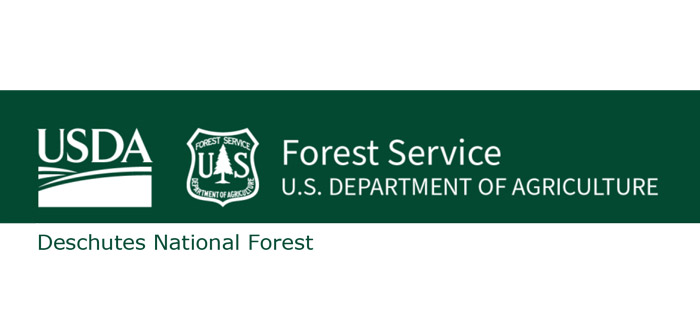Agriculture Secretary Tom Vilsack announced a $9.76 million investment in four Collaborative Wildfire Risk Reduction Program projects in Washington and Oregon last week, part of an overall $100 million investment through the program across 21 projects on 18 National Forests in 14 states this fiscal year.
“The projects funded through the program were collaboratively designed with local partners and Tribes and will provide economic benefits to local economies while reducing wildfire risk,” said Jacque Buchanan, Regional Forester for the Pacific Northwest Region of the Forest Service. “In addition to on-the-ground forest restoration work such as mechanical thinning and prescribed fire, the projects support crucial surveys, workforce development, and public engagement that enable future wildfire risk reduction efforts.”
Projects announced in Washington and Oregon:
Tribal Co-Stewardship and Traditional Ecological Knowledge Project (Columbia River Gorge National Scenic Area). USDA will invest $345,000 to conduct cultural resource surveys, develop traditional ecological knowledge recommendations for management, and promote Tribal youth engagement on approximately 5,000 acres of the Columbia River Gorge National Scenic Area that is ceded lands of the Confederated Tribes and Bands of the Yakama Nation. Funding will go directly to Tribes, tribal staff, and tribal affiliated businesses. These efforts will help foster co-stewardship of fire-adapted ecosystems that have been home to Indigenous peoples since time immemorial.
Elk Tribal and Community Healthy Forest Restoration Project (Umpqua National Forest). USDA has committed $4.89 million to restoring forest health using prescribed fire and construct strategic fuel breaks in the Elk Creek Watershed of the Umpqua National Forest. The watershed is a patchwork of private, Tribal, and Federal lands that includes several underserved communities. Building on existing collaboration between the Cow Creek Band of Umpqua Tribe of Indians and the Forest Service, this project will continue ecosystem restoration efforts while expanding collaboration with the Tribe, the Oregon Department of Forestry, and other partners.
Grayback Creek Watershed Ecological Restoration and Wildfire Risk Reduction Project (Rogue River-Siskiyou National Forest). This $4.4 million investment will support strategic planning and forest restoration efforts, community engagement and collaboration, and workforce development in a critically important landscape of the Rogue River-Siskiyou National Forest. The project area includes conifer forests that have mostly not experienced wildfire in at least 125 years, leading to critically high levels of dead and live vegetation and high departures in forest structure and composition. The efforts in this project will help reduce wildfire risk, link together both past and future landscape restoration projects, and support local communities through collaborative engagement and workforce development.
Sufferin Springs NEPA Heritage Surveys (Wallowa-Whitman National Forest). This $132,722 investment will support critical heritage surveys that will enable completion of the Sufferin Springs Project environmental analysis in the La Grande Ranger District of the Wallowa-Whitman National Forest. Once the environmental analysis is completed, work could begin to restore forest health, reduce wildfire risk to natural resources and communities, and provide economic benefits to the local economy.
The Collaborative Wildfire Risk Reduction Program helps national forests, working in collaboration with Tribes, communities and partners in qualifying states, build local capacity for projects that reduce wildfire risk and improve forest health across the landscape, reducing risk to adjacent forests, homes, and infrastructure across all land ownerships.
These projects support the USDA Forest Service’s Wildfire Crisis Strategy to reduce the threat of wildfire in high-risk areas across the country as part of the $3.2 billion investment in the strategy made possible through the Inflation Reduction Act and Bipartisan Infrastructure Law.
The projects — developed collaboratively with local communities and partners – treat areas of high wildfire risk where national forests and grasslands meet homes and communities, also known as the Wildland-Urban Interface (or WUI), using hazardous fuels funding provided in the Inflation Reduction Act.
For more information about the program and the complete list of FY 24 projects across the U.S., visit the program webpage.
USDA News Release
More Information
The mission of the USDA Forest Service is to sustain the health, diversity, and productivity of the nation’s forests and grasslands to meet the needs of present and future generations. The agency manages the 193 million acres of National Forest System land, provides stewardship assistance to non-federal forest landowners, and maintains the largest forestry research organization in the world.
The Forest Service Pacific Northwest Region contains 16 National Forests, two National Scenic Areas, a National Grassland, and two National Volcanic Monuments, all within the States of Oregon and Washington. These public lands provide timber for people, forage for cattle and wildlife, habitat for fish, plants, and animals, and some of the best recreation opportunities in the country.





